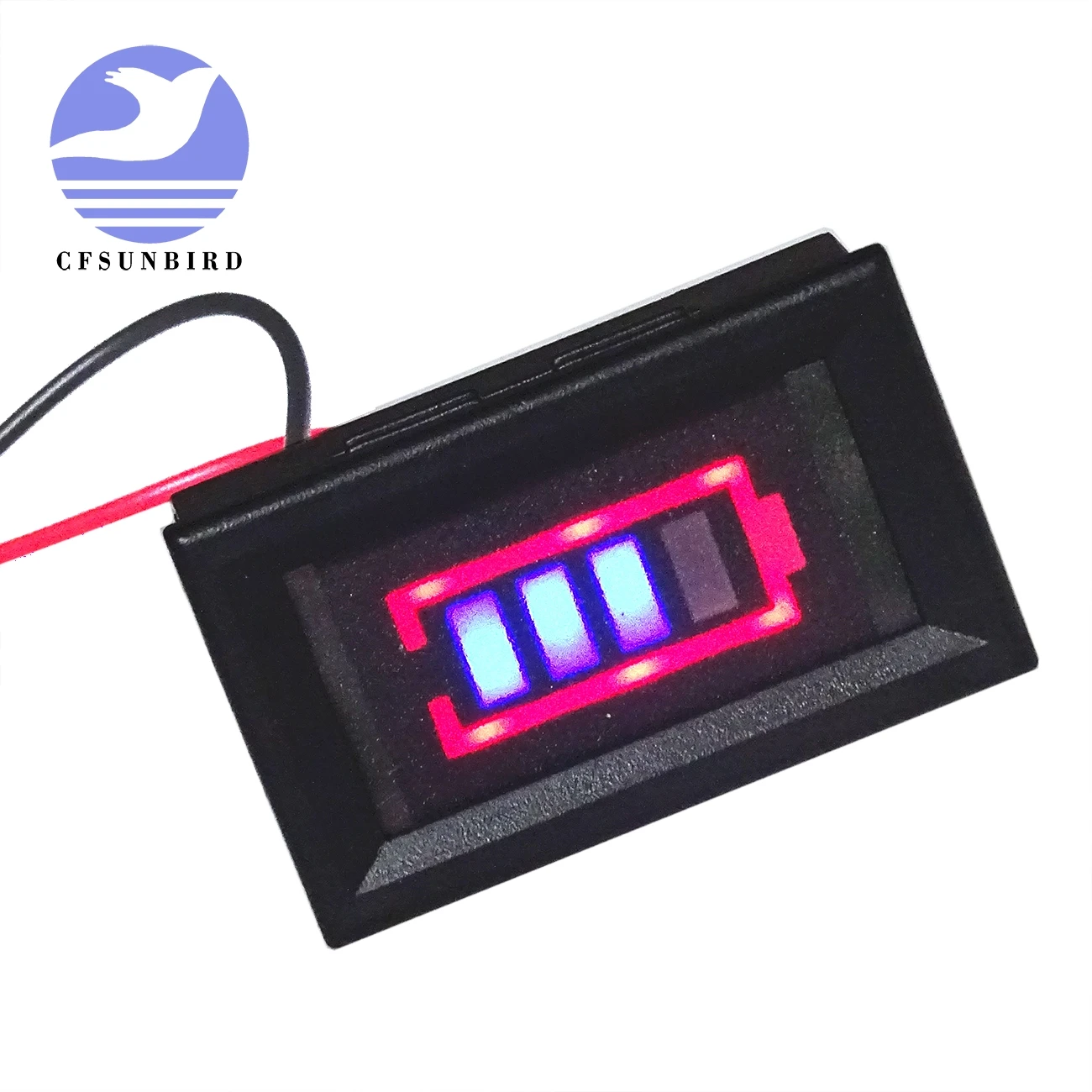
If your battery says "3.3V 1.3Ah" this means that the battery can supply 1.3A for 1 hour. To make a battery charge faster - supply more current. Charging a lithium ion battery with more voltage is not going to make the battery charge faster, it is going to make the battery blow up, venting electrolyte gas at the very least. NEVER put more volts into a battery than the nominal rating.

Hydrofluoric Acid will liquefy your bones, and kill you. All Lithium Ion Batteries can produce Hydrofluoric acid when the electrolyte is mixed with water in the right proportions. Traditional Lithium Ion Batteries contain Cobalt Oxide - which is very flammable - enough to really ruin your day. Be EXTRA Careful when working with Lithium Ion Batteries. Lithium Ion Batteries can be really dangerous.
Lithium battery tester crack#
Another warning posted by one of my readers : = Before you go home and crack those old laptop batteries open listen up for your own safety - I test these for a living. I would be very happy to hear if anyone else built it. Please rate this instructable and leave me comments / suggestions. Schematics correction : Emitter of transistor should be connected to NO and not NC! ) N.C stands for normally closed (when not powered it is connected to the "input" N.O stands for normally open (opposite of the other) The arrow with the X on it is a mistake - there is no connection there. The load is two 4.7 ohm 5W resistors in my case (but can be anything you want to discharge the battery with - don't over do it - just calculate the I =V/R to get the current and multiply this by the hours it discharged to get the Amp/Hour reading which is the capacity of the battery) You can use an NPN transistor (which I prefer but couldn't find in my junk tonight) but connect it differently (sorry - u need to figure it out. The orange / green / red (red should be best for a 1.5v battery operated clock / watchs) is there to supply the watch with a fairly regulated voltage to work on - the two leads from the LED connect to where a battery would normally connect. The White LED is there to limit the voltage discharge of the battery to ~3.3V. Pressing the push-switch will connect the tested battery to the relay and enable it to continue working until the replay control is bellow a set threshold and will disconnect stopping any discharging.


Basic principles: NOTE:Li-Ion batteries shouldn't be discharged bellow 3V (In this circuit they are discharged to 3.3v). I assume anyone who wants to make this can read the schematics bellow.


 0 kommentar(er)
0 kommentar(er)
